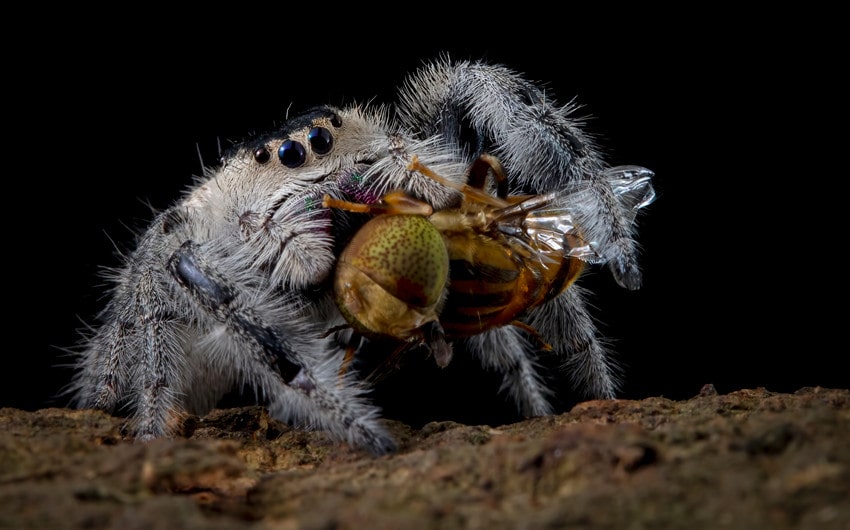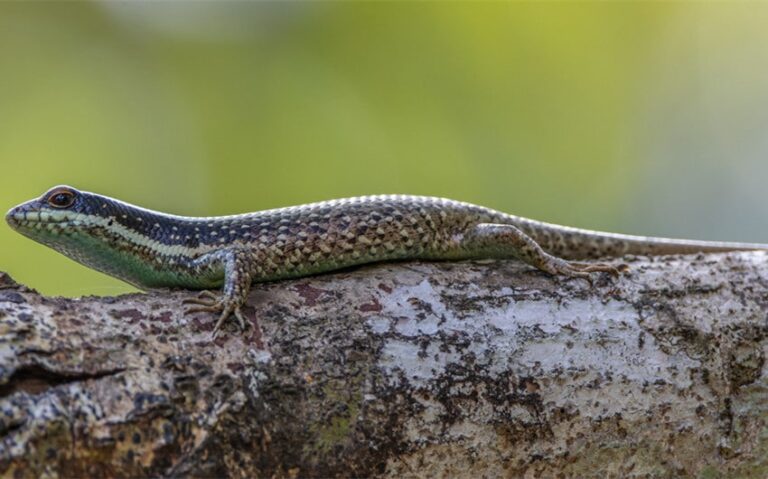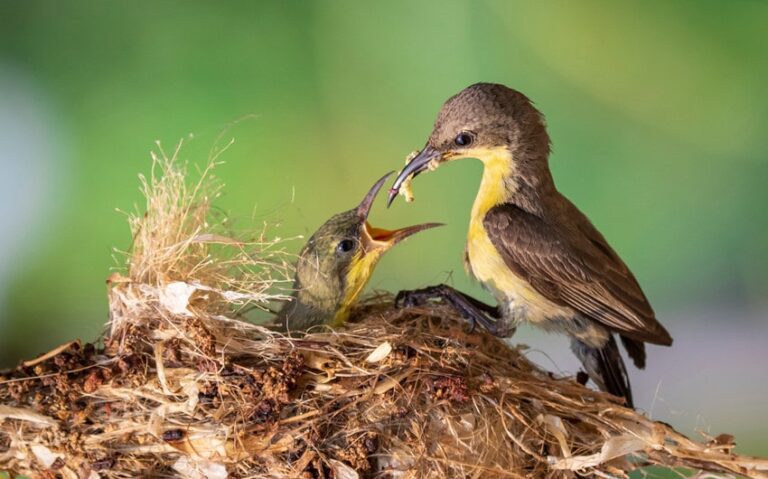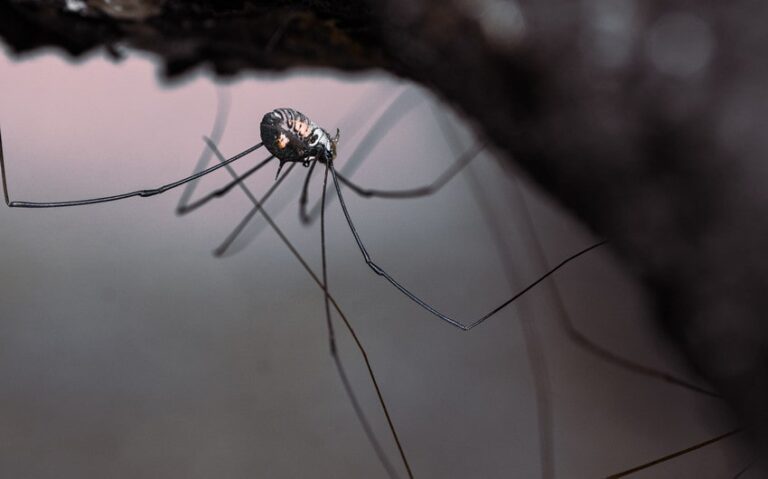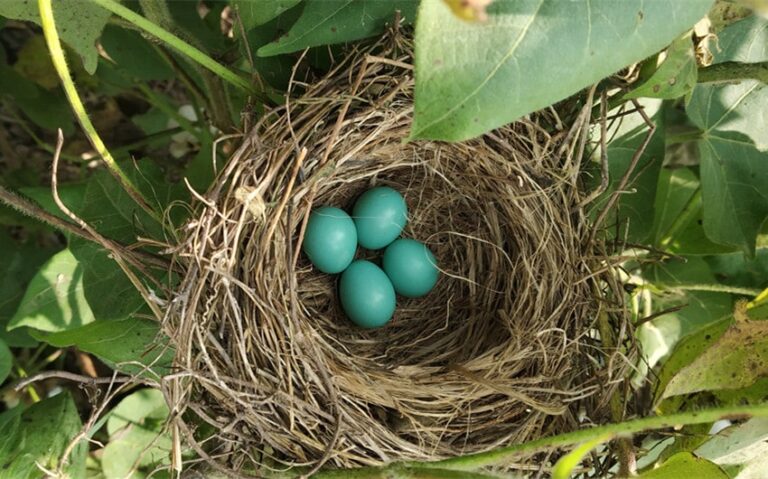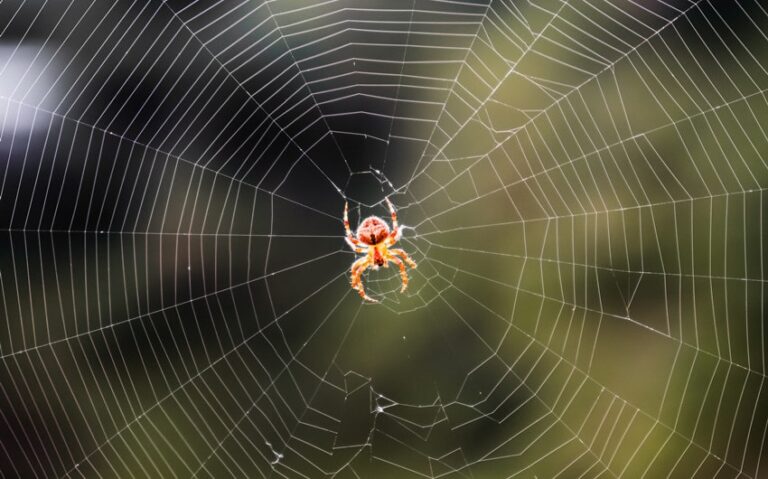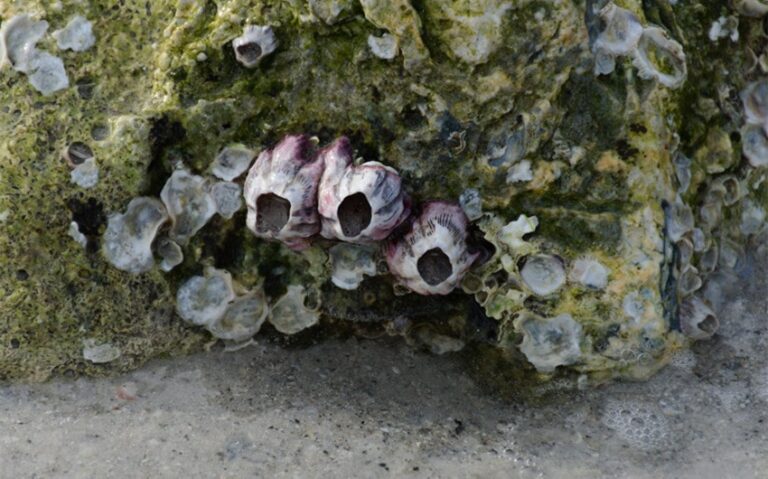What Do Spiders Eat? 5 Common Foods Spiders Love
Spiders are some of the most intriguing creatures in the animal kingdom, often found lurking in corners or weaving intricate webs. One common question people have is, what do spiders eat? It’s a natural curiosity, especially given how often we encounter these eight-legged hunters in our homes and gardens.
Understanding their diet not only sheds light on their role in the ecosystem but also helps us appreciate these often misunderstood creatures. In this article, we’ll explore the variety of foods that spiders consume and reveal some surprising facts about their eating habits.
The Diet of Spiders
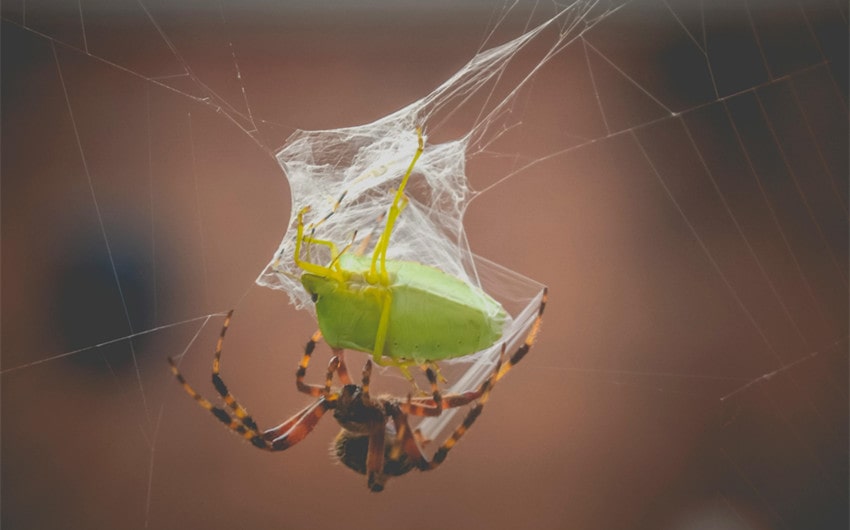
Spiders are predominantly carnivorous, meaning their diet primarily consists of other animals, particularly insects and other small arthropods. This section delves into the general dietary habits of spiders, the common prey items they consume, and how their diet can differ based on environmental factors.
A. General Overview
Spiders are efficient predators that play a crucial role in controlling insect populations. As carnivores, they rely on a diet rich in protein and other nutrients provided by their prey. Most spiders hunt and capture live prey, using various methods depending on their species.
The diet of a spider is influenced by several factors, including the species, its size, and its habitat. For example, a small house spider living indoors might have a diet consisting mainly of flies, ants, and other small insects, while a larger tarantula might prey on larger insects, small mammals, or even birds.
The environment in which a spider lives also plays a significant role in determining its food sources. Spiders in arid deserts, dense forests, or aquatic environments all adapt their hunting strategies and diet based on the availability of prey in their surroundings.
B. Common Prey Items
1. Insects
Insects are the most common prey for spiders and make up the bulk of their diet. Flies, mosquitoes, moths, and beetles are just a few examples of the insects that spiders regularly hunt and consume.
These insects are often attracted to the sticky webs of orb-weaving spiders or are ambushed by hunting spiders like wolf spiders or jumping spiders. The abundance of insects in most environments makes them a readily available and crucial food source for spiders.
2. Other Arthropods
In addition to insects, spiders often prey on other arthropods, such as mites, aphids, and even other spiders. Some spiders are known to specifically target certain types of arthropods.
For instance, crab spiders are known for their ability to catch bees and wasps, while cellar spiders may prey on other spider species that wander into their webs. This predation on a wide range of arthropods helps keep the populations of these small creatures in check, contributing to the balance of local ecosystems.
3. Small Vertebrates
While insects and arthropods are the primary diet of most spiders, some larger spider species are capable of taking down small vertebrates. Tarantulas, for example, have been known to prey on small mammals like mice, birds, and even reptiles like lizards.
These larger spiders use their powerful fangs and venom to immobilize their prey before consuming it. Such instances are more common in tropical and subtropical regions where larger spider species thrive.
4. Aquatic Prey
Certain spider species, like the fishing spider (Dolomedes), have adapted to hunt in aquatic environments. These spiders are skilled at capturing aquatic insects, small fish, and even tadpoles.
Fishing spiders can walk on water using surface tension and are known to dive beneath the water’s surface to catch their prey. This unique adaptation allows them to exploit a niche food source that other land-dwelling spiders cannot access.
5. Pollen and Nectar
Although spiders are primarily carnivorous, there are a few species that have been observed consuming plant material, such as pollen and nectar. For example, some jumping spiders have been known to feed on nectar, particularly when other food sources are scarce.
This behavior is unusual and represents an opportunistic dietary strategy rather than a primary food source. In these cases, the spiders may be supplementing their diet with sugars and other nutrients found in plant material.
Special Diets

While most spiders are generalist predators that consume a wide variety of insects and other small arthropods, some species have developed specialized diets that set them apart from the norm. These unique feeding habits are often adaptations to specific environments or ecological niches. In this section, we’ll explore some of the more specialized diets found among spiders.
1. Ant-Eating Spiders
Some spider species have evolved to prey almost exclusively on ants. These spiders, often referred to as myrmecophagous spiders, have developed specific adaptations to deal with the challenges of hunting ants.
Ants are not easy prey—they are often aggressive, travel in large numbers, and can be dangerous due to their ability to swarm and their potent venom or chemical defenses. To overcome these challenges, ant-eating spiders have developed strategies such as mimicking the appearance or chemical signature of ants, allowing them to approach undetected.
Once close enough, these spiders can quickly overpower an ant with a precise bite. An example of this behavior can be seen in the Zodariidae family, commonly known as ant spiders, which often disguise themselves as ants to infiltrate ant colonies.
2. Spider-Eating Spiders (Araneophagy)
Cannibalism is not uncommon in the spider world, but some spiders take this behavior to the next level by actively hunting and eating other spiders. This behavior, known as araneophagy, is seen in species like the Portia jumping spider. Portia spiders are known for their remarkable hunting intelligence and problem-solving abilities, which they use to outwit other spiders.
They often employ tactics like mimicking the vibrations of prey caught in a web to lure the web’s owner out of hiding. Once the unsuspecting spider approaches, the Portia spider strikes with speed and precision. This specialized diet of other spiders allows Portia to thrive in environments where competition for food is fierce.
-
Mating-Related Cannibalism
Cannibalism is a behavior that is especially well-known in the context of spider mating. In some species, particularly among orb-weaving spiders like the black widow or redback spider, the female may consume the male after or even during mating.
This behavior, often termed sexual cannibalism, serves multiple purposes. It provides the female with a nutritious meal, which can increase her reproductive success by giving her more energy to produce and care for her eggs.
In some cases, males may even willingly sacrifice themselves, as the act of being eaten can increase the likelihood that the female will use his sperm to fertilize her eggs. This behavior has fascinated scientists for years, as it represents a complex interaction between reproduction and survival.
-
Intra-Species Cannibalism
Cannibalism is not limited to mating. Intra-species cannibalism, where spiders of the same species eat each other, is relatively common, especially in environments where food is scarce. Juvenile spiders may cannibalize each other if they hatch in close proximity and there is not enough food available.
This behavior is often observed in species that produce large numbers of offspring, where the competition for resources can be intense. Cannibalism among juveniles can help reduce competition and ensure that at least some of the offspring survive to adulthood. Additionally, adult spiders may also engage in cannibalism, particularly if one spider is significantly larger or more dominant than the other.
-
Defensive Cannibalism
In some situations, cannibalism among spiders occurs as a defensive measure. For instance, when a spider’s territory is invaded by another spider, the resident may attack and consume the intruder to eliminate competition.
This is particularly common among territorial species, where maintaining control of a particular area is crucial for survival. Cannibalism in this context serves as both a means of defense and a way to obtain a meal.
3. Egg-Eating Spiders
Some spiders specialize in feeding on the eggs of other insects or even other spiders. This behavior is particularly common in spider species that are parasitic or live in close association with their prey. For example, certain species of jumping spiders have been observed raiding the egg sacs of other spiders, consuming the developing eggs inside.
This behavior provides a rich, protein-packed meal with relatively low risk, as the eggs cannot defend themselves. Similarly, some spiders target the egg sacs of moths, butterflies, or other insects, using their specialized feeding habits to take advantage of a stationary and vulnerable food source.
How Spiders Digest Their Food
Spiders have a unique way of digesting their food, relying on a process called external digestion. This method allows them to efficiently consume prey much larger than themselves by liquefying the prey’s internal tissues before ingestion.
A. External Digestion
- Immobilizing the Prey
Spiders first capture and immobilize their prey using venom, which not only paralyzes but also begins breaking down the prey’s internal tissues. This venom is injected through the spider’s fangs, setting the stage for digestion. - Injection of Digestive Enzymes
After immobilizing the prey, spiders inject digestive enzymes that further liquefy the prey’s insides. These enzymes break down proteins, fats, and other nutrients, transforming the prey’s tissues into a nutrient-rich liquid that the spider can consume. - Suction of Liquefied Prey
Once the prey is fully liquefied, the spider uses its mouthparts and pharynx to suck up the nutrient-rich liquid. The spider’s mouthparts filter out any solid debris, ensuring that only the liquid enters its digestive tract.
B. Consumption
- Filtering Out Solid Matter
As spiders ingest the liquefied prey, they filter out solid particles like exoskeleton fragments, ensuring smooth digestion. This careful filtering helps prevent blockages in their narrow digestive systems. - Digestive Process
The liquefied food passes through the spider’s esophagus into the midgut, where nutrients are absorbed into the bloodstream. These nutrients fuel the spider’s activities and support essential functions like growth and reproduction. - Efficient Nutrient Extraction
Spiders are highly efficient at extracting nutrients, allowing them to survive on infrequent meals. This efficiency also enables them to store energy for periods when food is scarce. - Post-Feeding Behavior
After feeding, spiders clean their mouthparts and may remove leftover prey from their webs. This behavior helps maintain hygiene and keeps their webs functional for future hunts.

